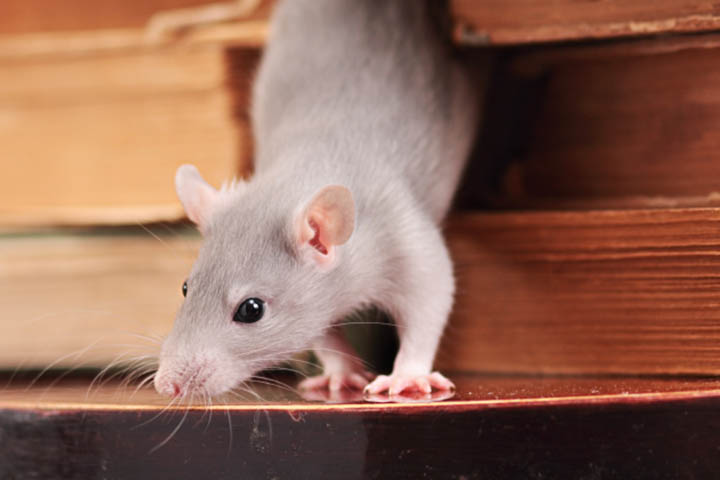How Many Babies Do Mice Have at Once?

Most people know that mice populations grow rapidly. If you see one mouse, there is a pretty high chance there are more not too far away.
Not only can mice have multiple babies at once, they also can have multiple litters each year. Female house mice can have up to six pups every three weeks and can give birth to a second liter as early as 25 days after the first. In one year, they can give birth to approximately 35 babies. On average humans will only have one baby per year and a total of two in their lifetime, so compared to people, that is a lot of mice!
Mice are born without fur, ears, and the ability to see. Because of this, mothers nurse their babies for 21 days. By the fourth day their ears fully develop, by the tenth day they grow a full coat of hair, and by the fourteenth day they open their eyes for the first time. After 21 days of nursing, the pups will wean and leave their mothers. At two months old, female mice are fully matured and can begin having pups of their own.

Once they are fully grown, mice will begin their search for food. Despite their small size, mice eat 15 to 20 times per day. While they primarily feed on plant-based material, house mice will also eat meat and dairy products they find inside the home. Sometimes they will even eat their own droppings to acquire nutrients produced by bacteria in their guts!
Living indoors, mice can reproduce all year round, but outdoors, breeding occurs during the spring, summer, and fall. Winter becomes too cold for mice to reproduce outdoors. Mice also have longer lifespans when living indoors. In the wild they can live up to 12 months, but indoors they can live up to two years. Mice move inside homes during the fall and winter to seek shelter from cool temperatures and in search of food. These can be great places for mice to have babies - but not so great for the humans living there!

